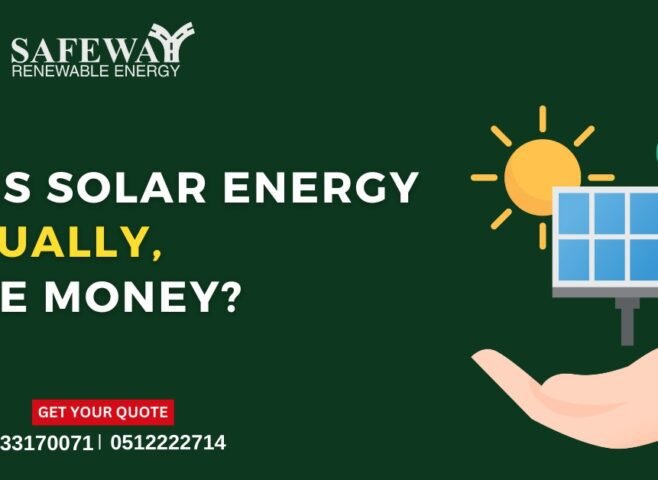Installing a solar panel system is an excellent way to harness the power of the sun and reduce reliance on traditional energy sources. However, improper installation can lead to a range of issues that may hinder the system’s performance and longevity. To ensure a successful installation, it is crucial to avoid common mistakes that many homeowners make. In this article, we will explore eleven critical mistakes to avoid while installing a solar panel system. By understanding these pitfalls and taking proactive measures, you can maximize the benefits of solar energy while avoiding unnecessary complications and expenses.
1. Introduction to Solar Panel System Installation
Installing a solar panel system is an exciting venture that can save you money on your energy bills while reducing your carbon footprint. However, it’s important to navigate the process carefully to avoid common mistakes that can hinder the system’s performance and longevity. In this article, we’ll explore 11 mistakes to avoid while installing a solar panel system, ensuring a successful and efficient setup.
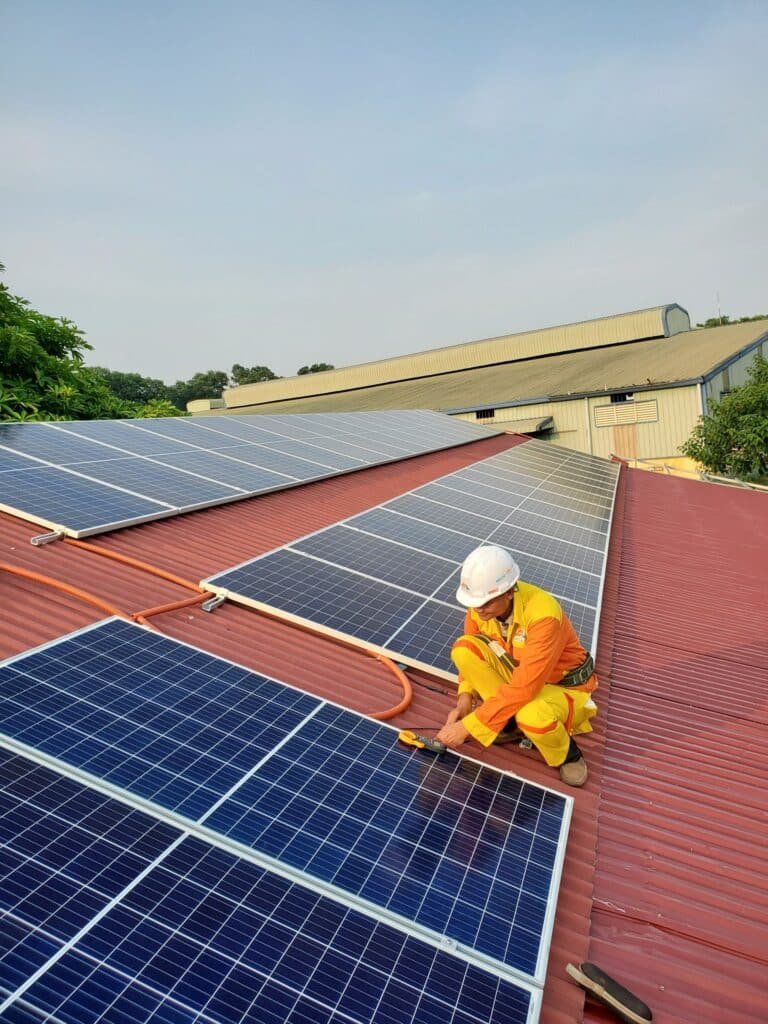
2. Mistake #1: Improper Site Assessment and Planning
Before diving into the installation process, it’s crucial to conduct a thorough site assessment and plan accordingly. Here are two common mistakes to watch out for:
2.1 Not Considering the Sun’s Path and Shading
The sun’s path and shading patterns can significantly impact the efficiency of your solar panel system. Failing to consider these factors can result in reduced energy production. Make sure to assess your property’s sun exposure throughout the year and identify any obstructions that may cast shadows on the panels, such as trees or nearby buildings.
2.2 Failing to Assess Roof Condition and Structural Integrity
Your roof provides the foundation for your solar panel installation, so it’s essential to ensure its structural integrity and proper condition. Neglecting this assessment can lead to complications down the line, such as leaks or damage to the panels. Have a professional inspect your roof to determine if any repairs or reinforcements are necessary before proceeding with the installation.
3. Mistake #2: Inadequate Knowledge of Local Regulations and Permits
Installing a solar panel system involves complying with various local regulations and obtaining the necessary permits. Avoid these mistakes related to local regulations:
3.1 Not Researching Local Building Codes and Permitting Process
Each area has specific building codes and permitting processes related to solar panel installations. Failing to research and comply with these guidelines can result in costly delays or even forced removal of the system. Take the time to familiarize yourself with the regulations and secure the appropriate permits before starting the installation.
3.2 Ignoring Utility Company Requirements and Interconnection Agreements
Utility companies have their own requirements and interconnection agreements for solar panel systems. Neglecting to understand and adhere to these guidelines can create issues when connecting your system to the grid. Contact your utility company to learn about any necessary approvals, metering requirements, and interconnection agreements to ensure a smooth integration.
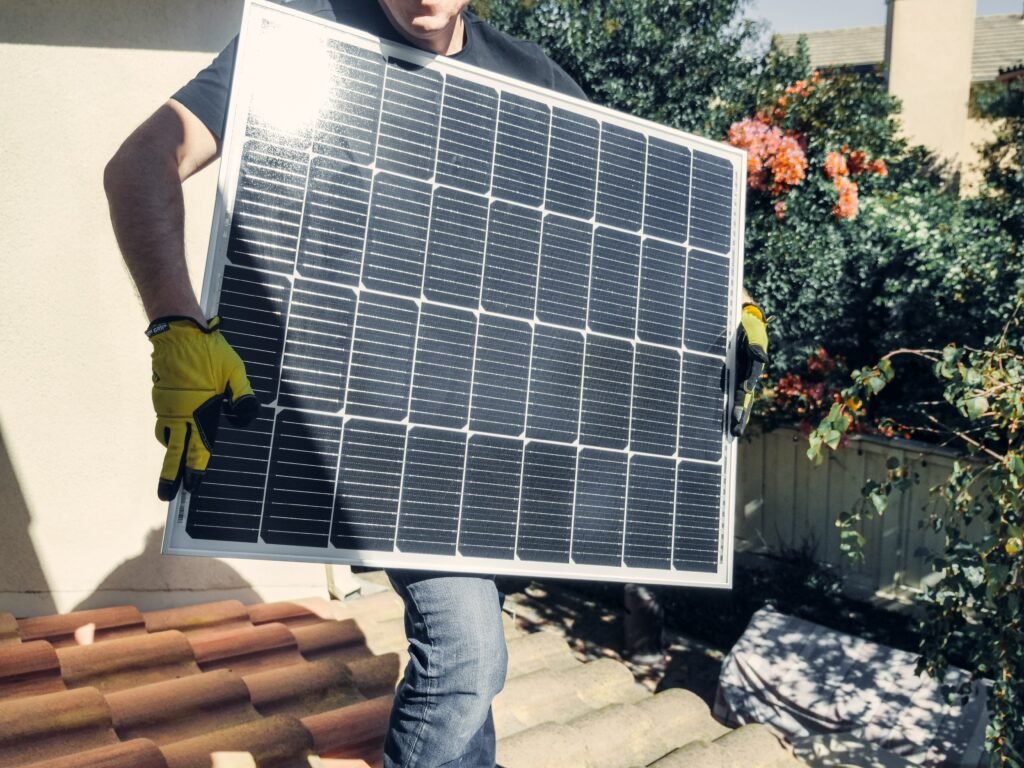
4. Mistake #3: Choosing the Wrong Type or Size of Solar Panels
Selecting the right type and size of solar panels is vital for maximizing energy production and overall efficiency. Avoid these common mistakes when making your choices:
4.1 Neglecting to Assess Energy Needs and Consumption Patterns
Understanding your energy needs and consumption patterns is crucial for determining the appropriate size of your solar panel system. Failing to assess this can result in an underperforming or overinflated system that doesn’t meet your requirements. Analyze your past energy bills and consider future changes in consumption to ensure you choose the right-sized system.
4.2 Failing to Consider Panel Efficiency and Performance in Different Conditions
Different types of solar panels offer varying levels of efficiency and performance under different conditions. Overlooking this aspect can lead to suboptimal energy production. Research the efficiency ratings and performance capabilities of various panels to choose the ones that best suit your geographical location, weather conditions, and specific energy goals.
By avoiding these common mistakes, you’ll set yourself up for a successful solar panel system installation experience. Remember, careful planning, research, and attention to detail are key to reaping the full benefits of solar energy while enjoying cost savings and environmental sustainability.
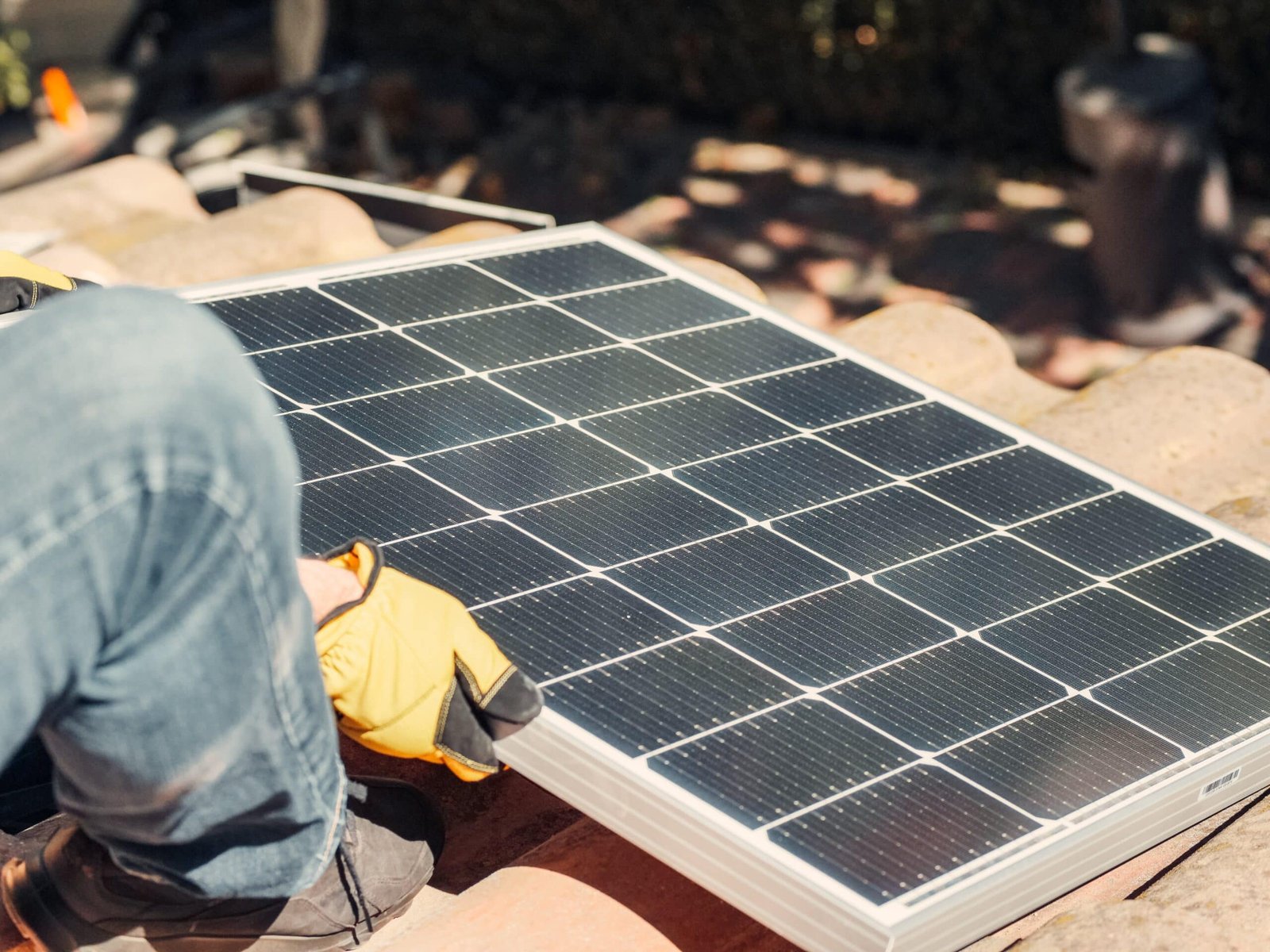
5. Mistake #4: Poor Placement and Orientation of Solar Panels
When it comes to installing solar panels, placement and orientation are key. Unfortunately, many people make crucial mistakes in this area, jeopardizing their system’s efficiency and overall performance. Let’s take a look at two common pitfalls to avoid.
5.1 Incorrectly Assessing Optimal Angle and Orientation for Maximum Sun Exposure
Finding the perfect angle and orientation for your solar panels can be like finding the right balance between avocado ripeness and toastiness. It requires a delicate touch and a bit of know-how. But fear not, for you can avoid this mistake by seeking expert advice or using online tools that help determine the best angle and orientation based on your location. After all, you want those panels to soak up as much sun as a sunbather in Cancun.
5.2 Overlooking Potential Obstructions and Shadows
When it comes to installing solar panels, a little detective work goes a long way. You don’t want your shiny new panels to end up in the shade like a metaphorical vampire at a beach party. Take the time to assess your surroundings and identify potential obstructions, such as trees, buildings, or pesky shadows that might play hide-and-seek with your panels throughout the day. It’s all about giving your solar panels the spotlight they deserve.
6. Mistake #5: Neglecting to Optimize Energy Efficiency in the Home
Installing solar panels without optimizing energy efficiency in your home is like buying a top-of-the-line blender but forgetting to buy any ingredients for smoothies. Sure, you have the equipment, but you’re not making the most of it. Let’s avoid this mistake by focusing on two key areas.
6.1 Not Implementing Energy-Efficient Measures Before Installing Solar Panels
Think of energy efficiency as the Robin to your solar panels’ Batman. By implementing energy-saving measures before installing solar panels, you can make your system even more effective at reducing your carbon footprint and slashing those energy bills. Simple steps like switching to LED light bulbs, insulating your home, or upgrading to energy-efficient appliances can make a world of difference. Plus, your wallet will thank you.
6.2 Ignoring the Importance of Proper Insulation and Weatherproofing
It’s time to channel your inner handyman and channel those energy-saving vibes. Don’t overlook the importance of properly insulating your home and weatherproofing any cracks or gaps. By keeping the cold air out and the warm air in, you’ll not only make your living space cozier but also ensure that your solar panel system doesn’t have to work overtime. Let’s give those solar panels a break, shall we?
7. Mistake #6: Faulty Wiring and Connection Errors
Ah, the world of wiring and connections. It’s like a puzzle that you thought you had all the pieces for, only to discover that you’re missing the final crucial piece. To avoid the headache, let’s address two areas where mistakes can easily occur.
7.1 Inadequate Understanding of Electrical Requirements and Safety Guidelines
Before diving into the deep end of wiring and connections, make sure you understand the electrical requirements and safety guidelines. You don’t want to play the role of a human lightbulb or accidentally create a mini fireworks display on your roof. Seek professional guidance or educate yourself through reliable resources to ensure a safe and successful solar panel installation.
7.2 Poorly Executed Wiring and Connection Practices
Attention to detail is the name of the game when it comes to wiring and connections. Make sure you cross your T’s and dot your I’s, or in this case, connect your wires meticulously and check everything twice. Loose connections or incorrect wiring can lead to system malfunctions or, worse, potential hazards. Don’t be afraid to enlist the help of a knowledgeable friend or electrician if you’re feeling a bit overwhelmed. Safety first, okay?
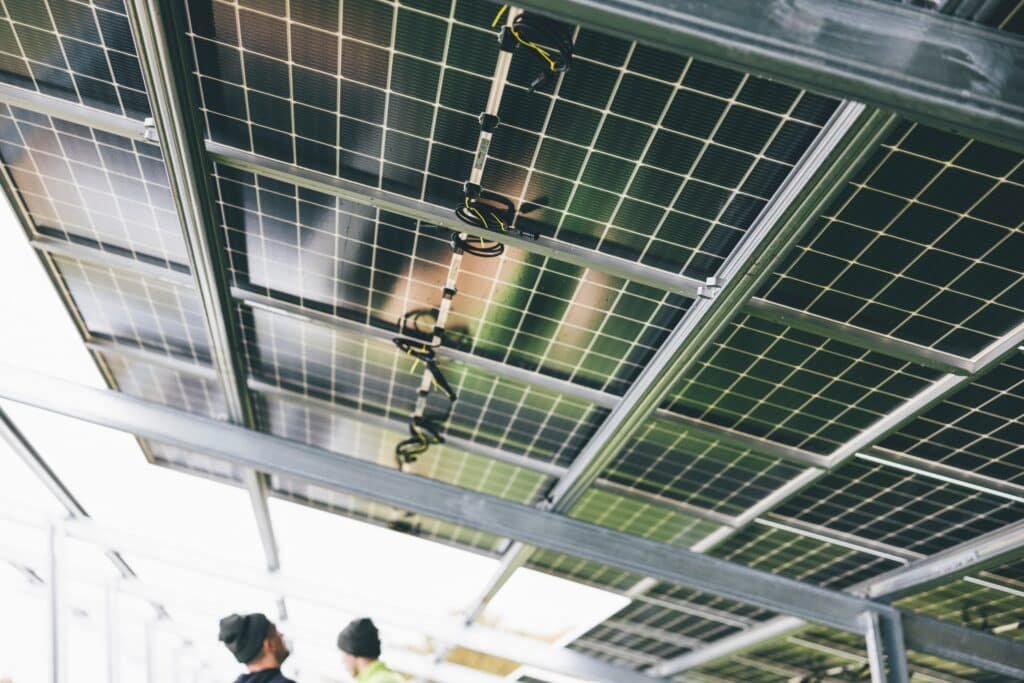
8. Mistake #7: Ignoring Maintenance and Monitoring Requirements
Installing solar panels is not just a set-it-and-forget-it endeavor. Like a garden gnome, your solar panel system requires some TLC to keep things running smoothly. Let’s delve into the importance of maintenance and monitoring to avoid this common mistake.
8.1 Failing to Regularly Clean and Inspect Solar Panels
Don’t let your solar panels become a breeding ground for dirt and grime. Regular cleaning and inspections are essential to ensure optimal performance. Think of it as giving your panels a spa day, removing any debris or dust that might hinder their efficiency. Break out the sponges and mild detergents (avoid anything abrasive), and show your panels some love. Your energy production will thank you.
8.2 Neglecting to Monitor System Performance and Address Issues Promptly
Monitoring your solar panel system is not just a fancy way to feel tech-savvy. It’s an important step in ensuring that everything is functioning as it should be. Keep an eye out for any dips in performance, unusual patterns, or error messages. Just like diagnosing a mysterious illness, addressing issues promptly can save you headaches (and money) down the line. So, put on your detective hat and become the Sherlock Holmes of solar panel systems.
Conclusion
Remember, installing solar panels is an exciting endeavor, but it’s essential to avoid these common mistakes. By following these tips and using your wit, you’ll be well on your way to harnessing the power of the sun and enjoying the benefits of sustainable energy. In conclusion, installing a solar panel system is an investment that can provide numerous benefits for your home and the environment.
By avoiding the mistakes outlined in this guide, you can ensure a smooth and successful installation process. Remember to conduct a thorough site assessment, adhere to local regulations, choose the right panels, optimize placement and orientation, prioritize energy efficiency, follow proper wiring and connection practices, and stay on top of maintenance and monitoring requirements. With careful planning and attention to detail, you can enjoy the full potential of solar energy and contribute to a greener and more sustainable future.
FAQs
1. What happens if I don’t conduct a proper site assessment before installing solar panels?
A proper site assessment is crucial for determining the viability and efficiency of your solar panel system. Failing to assess factors such as sun exposure, shading, and roof condition can lead to suboptimal performance and potential damage to your panels.
2. Are there any specific permits or regulations I need to consider before installing solar panels?
Yes, it is essential to research and adhere to local regulations, building codes, and permitting processes. Additionally, utility companies often have requirements and interconnection agreements that need to be followed for a seamless integration of your solar panel system with the grid.
3. How can I ensure that I choose the right type and size of solar panels for my needs?
To choose the right solar panels, you should assess your energy needs and consumption patterns. Factors such as panel efficiency, performance in different conditions, and warranty should also be considered. Consulting with a solar professional can help ensure that you make the best decision.
4. What maintenance and monitoring requirements should I keep in mind?
Regular cleaning and inspection of your solar panels are necessary to maintain their optimal performance. Additionally, monitoring system performance and addressing any issues promptly can help identify and resolve potential problems before they escalate.

